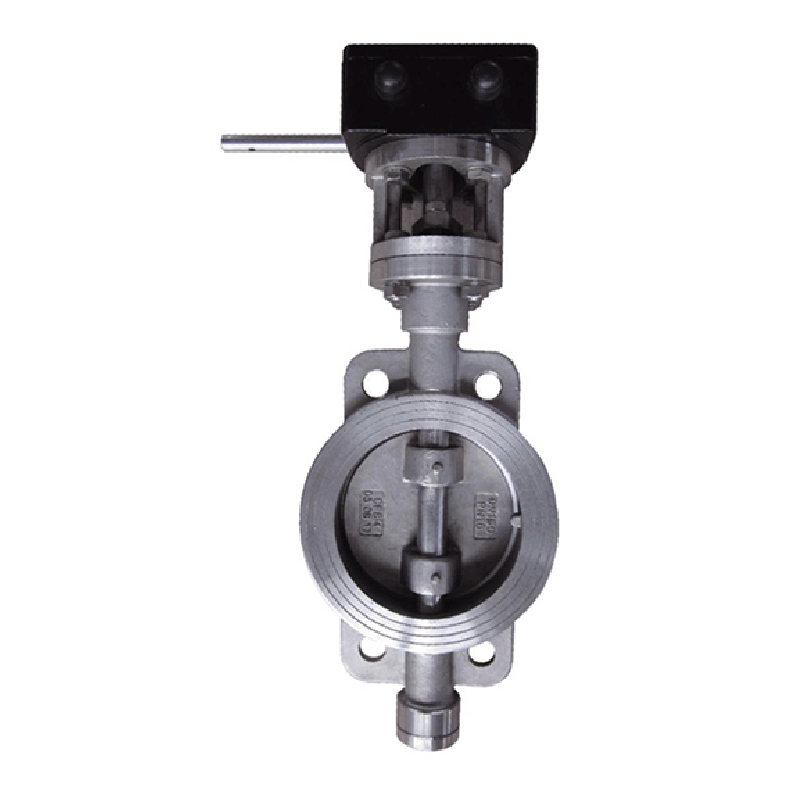ਨਵੰ. . 07, 2024 10:56 Back to list
Understanding the Functionality and Importance of Foot Valves in Fluid Systems
Understanding Diaphragm Foot Valves Essential Components for Fluid Management
In the realm of fluid management and engineering, the importance of valves cannot be overstated. Among the various types of valves utilized in industrial and agricultural applications, the diaphragm foot valve stands out as a crucial component. This article explores the functionality, advantages, and applications of diaphragm foot valves, providing insights into their role in effective fluid management systems.
What is a Diaphragm Foot Valve?
A diaphragm foot valve is a specific type of check valve designed to prevent backflow in fluid systems while allowing fluid to enter a pump when it is in operation. Unlike traditional foot valves, which typically use a spring or weight to close the valve, diaphragm foot valves employ a flexible diaphragm as their sealing mechanism. This diaphragm expands and contracts in response to fluid pressure, allowing for a more reliable and efficient sealing process.
The design of the diaphragm foot valve generally includes a strainer at the inlet to filter out debris and particles, preventing them from entering the pumping system. This feature is particularly beneficial in applications where the source of the fluid may contain impurities.
How Does a Diaphragm Foot Valve Work?
The operation of a diaphragm foot valve can be understood in two phases opening and closing. When the pump is turned on, the suction created by the pump's action causes the diaphragm to lift, allowing fluid to flow from the source into the pump. As the fluid fills the pump chamber, the diaphragm remains open, ensuring a steady influx of fluid.
However, once the pump is turned off, gravity and back pressure attempt to push the fluid back towards the source. At this point, the diaphragm closes tightly against the valve seat, preventing any backflow. This dual-action mechanism provides an efficient means of controlling fluid movement, ensuring that the pump remains primed for the next operation.
Advantages of Diaphragm Foot Valves
1. Prevention of Backflow The primary function of diaphragm foot valves is to prevent backflow, ensuring that the pump maintains its prime. This feature is critical for applications requiring consistent fluid delivery.
2. Reduced Maintenance With fewer moving parts than traditional valves, diaphragm foot valves often require less maintenance, leading to lower operational costs. The diaphragm’s durability ensures long-term performance without frequent replacements.
di foot valve

3. Versatility Diaphragm foot valves can be utilized in a wide array of applications, including irrigation systems, aquaculture, and industrial fluid management. They are effective with various fluids, including water, chemicals, and slurries.
4. Integrated Filtration The built-in strainer of diaphragm foot valves helps to filter particles and debris, protecting the pump and extending its lifespan. This feature is particularly valuable in environments where particulates could cause damage.
Applications of Diaphragm Foot Valves
Diaphragm foot valves are commonly used in various fields, including
- Agricultural Irrigation These valves are pivotal in irrigation systems, ensuring that water is efficiently delivered to crops while preventing backflow during pump downtime.
- Water Wells In groundwater pumping systems, diaphragm foot valves help maintain water levels in the well and prevent contamination from backflow.
- Industrial Processes Many industrial applications rely on diaphragm foot valves for the transportation of fluids in systems ranging from chemical processing to wastewater management.
- Aquaculture In fish farming, these valves are crucial for managing water levels and ensuring a consistent supply of oxygenated water to fish tanks.
Conclusion
Diaphragm foot valves play an essential role in ensuring efficient fluid management across various industries. Their unique design, which incorporates a flexible diaphragm, offers reliable backflow prevention and ensures a consistent flow of fluid to pumps. As industries continue to prioritize efficiency and reliability, the demand for diaphragm foot valves is likely to grow. Understanding their functioning and advantages can help operators and engineers make informed decisions when selecting components for their fluid management systems.
Share